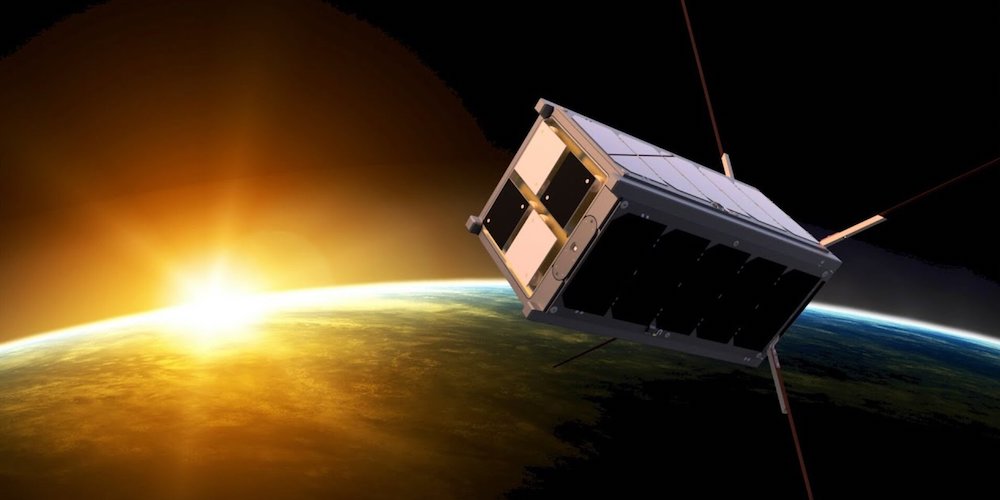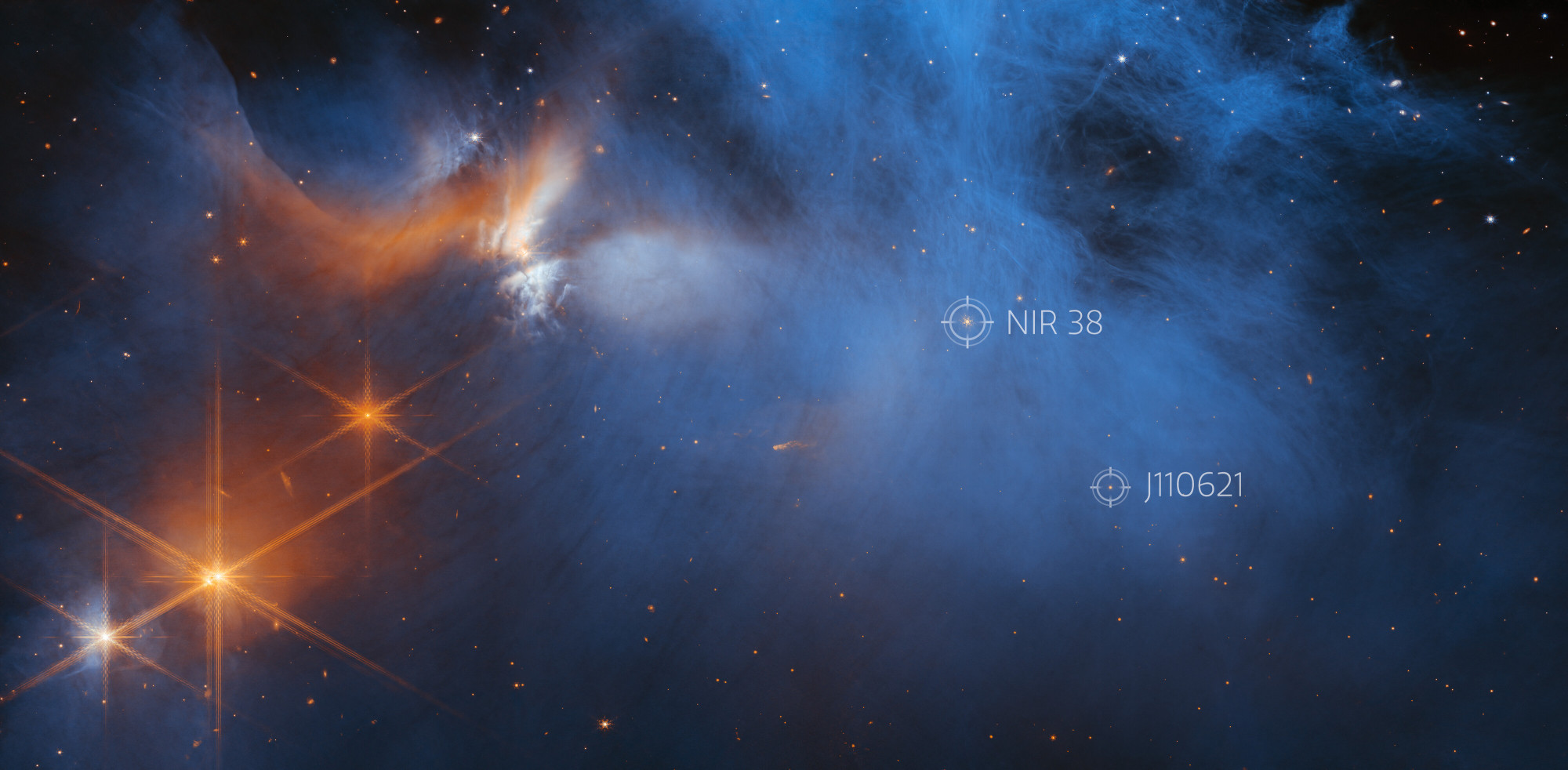An international team led by astronomers from Leiden University used the Webb telescope to detect various particles in icy form in the darkest and coldest regions of the Great Star Forming Cloud. The results show that the chemical ingredients needed to form larger and more complex molecules are already in place long before a new star is born (natural astronomyJanuary 23).
The building blocks of life, such as sugars and amino acids, can arise from simple molecules on icy dust particles under the right conditions. Later in the star formation process, this material ends up on new planets and in their atmospheres.
Through the research, the team showed that the ingredients for making sugars and amino acids are widely available, even in the darkest and coldest places in the Great Interstellar Cloud. Astronomers have found ice made of water, carbon monoxide, carbon dioxide, methane, cyanate, carbonyl sulfide, and methanol. They are also seeing signs that may indicate the presence of larger frozen organic particles.
The cloud in question is located in Chamaeleon I, a star-forming region about 500 light-years from Earth, toward the southern constellation Chameleon. Hundreds of young stars are forming in the area. This process is accompanied by chemical reactions in which increasingly complex particles are formed on the icy dust particles. Ultraviolet light usually plays an important role in these reactions. However, if there is a lot of gas and dust, this light cannot penetrate.
Using the Webb telescope, the researchers were able to look into very dark regions of the cloud. Star formation takes millions of years there. “It turns out there are many, many different types of ice particles available,” says Melissa McClure, assistant professor at Leiden University and leader of the ICE AGE team, which was one of the first in the world to make measurements using Webb. telescope. Thanks to the observations, we can gain more insight into how simple and complex molecules form in such places, which in turn are the building blocks of life. We know from laboratory research on Earth that free radicals play an important role in the chemistry of ice in places where ultraviolet light cannot reach.
Interstellar ice betrays its presence thanks to infrared light from stars behind the cloud, which can only be seen with Webb’s telescope. Frozen particles in the cloud absorb unique colors from this starlight. Astronomers call this an absorption spectrum, a kind of molecular fingerprint. These spectra can be compared from space with spectra measured in special laboratory equipment available through the Leiden Observatory database.

“Total coffee specialist. Hardcore reader. Incurable music scholar. Web guru. Freelance troublemaker. Problem solver. Travel trailblazer.”






More Stories
The first Irish satellite to go into space
This startup wants to deliver anywhere in the world within an hour from space
Painless treatment by dental hygienists Oral Care Brilliant – Rotterdam Advertisement | The Havenlods